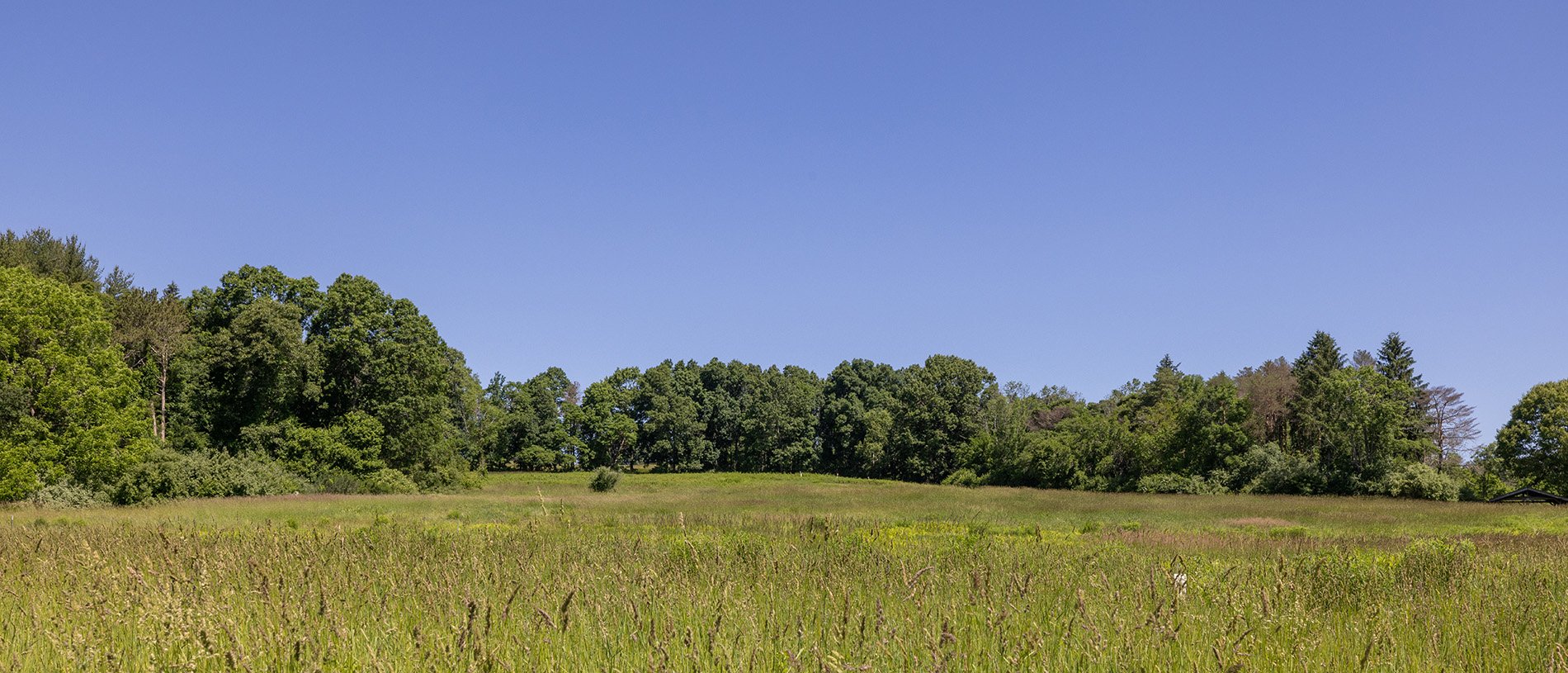Mass Audubon State of the Birds
Find Bird Groups
State of the Birds
Green Heron
|
|
Tracking This Bird In Massachusetts
Climate Vulnerability Score
Least Vulnerable
Mass Audubon Mean likelihood of occurrence (current)
0.51
Mass Audubon Mean likelihood of occurrence (2050)
0.51
Mass Audubon Absolute change in likelihood of occurrence
0.00
U.S. Forest Service Climate Change Bird Atlas (Hadly Hi emissions scenario)a
18.40
National Audubon Societyb
n/a
a USFS model data for Massachusetts by 2100
b National Audubon Society's Climate Change Atlas was completed on a continental scale.
Mass Audubon indicates least vulnerable to climate change. USFS indicates increase. Results not presented by National Audubon.
Breeding Bird Atlas

Atlas I Blocks
417
Atlas II Blocks
534
Percent of state occupied - Atlas I
43
Percent of state occupied - Atlas II
51
Percent change
113
Breeding Bird Survey

Annual trend 1966-2010
-2.3%
P-value
significant, declining
Number of routes
25
Recent trend 2000-2010
-2.5%
Christmas Bird Count

Trend (1963-2008)
0
Significantly different than zero
Trend (1963-1979)
0
Significantly different than zero
Trend (1979-2008)
0
Significantly different than zero
Habitat Usage
Breeding
Coastal, Forest, Forested Wetland, Open Freshwater Marsh, Rivers, Lakes, and Ponds
Wintering
Does not winter in Massachusetts




